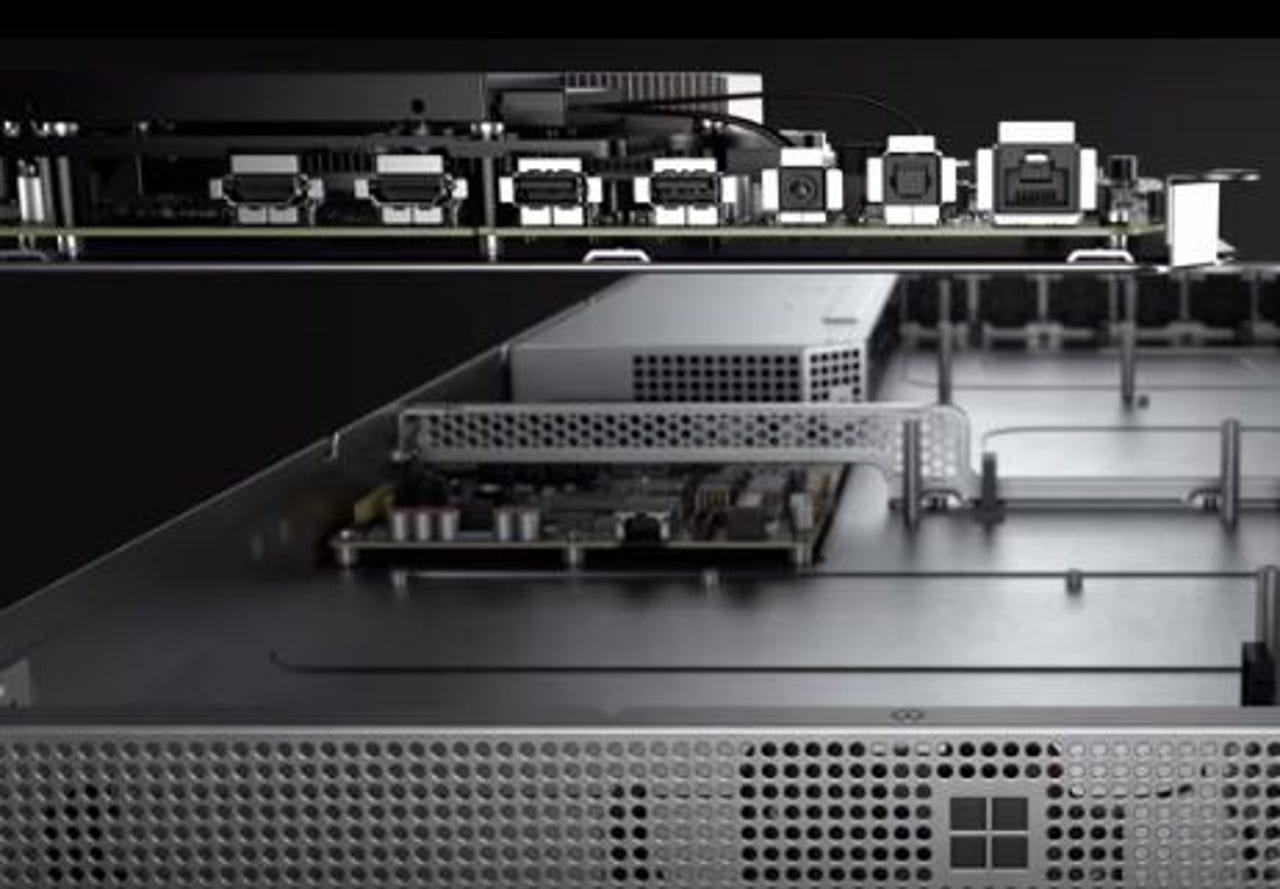Microsoft is beefing up its Azure bandwidth, video encoding for Project xCloud game streaming

Microsoft won't begin public testing its promised game streaming service until 2019, but the company already is doing work on the "intelligent cloud" piece of the infrastructure in anticipation of that offering. On October 8, Microsoft officials said via a blog post that "Project xCloud" would be available to external testers some time in calendar 2019. Microsoft officials (re)confirmed the existence of its coming game-streaming service earlier this summer.

Microsoft is promising that xCloud will allow users to stream the games they want on the devices they want with acceptable levels of latency. Microsoft also will continue to work on its next generation of Xbox consoles, with officials calling console gaming its "flagship service."
The first server rack supporting Project xCloud already is installed in Microsoft's Quincy, Wash.-based Azure datacenter, officials said today. Microsoft has built custom hardware for the service by taking its Xbox gaming console and breaking it into component parts, which are hosted in blades, they explained.
Microsoft already has increased datacenter bandwith and is working on new ways of video coding and decoding for the coming service, officials said. They noted that the service is "up and running today," and will be ready to be scaled out and delivered after adequate testing.
Microsoft Research is involved in Project xCloud, too. From today's post:
"Developers and researchers at Microsoft Research are creating ways to combat latency through advances in networking topology, and video encoding and decoding. Project xCloud will have the capability to make game streaming possible on 4G networks and will dynamically scale to push against the outer limits of what's possible on 5G networks as they roll out globally. Currently, the test experience is running at 10 megabits per second. Our goal is to deliver high-quality experiences at the lowest possible bitrate that work across the widest possible networks, taking into consideration the uniqueness of every device."
Update: As "The Walking Cat" on Twitter and a couple of others have noted, Microsoft possibly could be using the Microsoft Research "Project Kahawai" technology to enable high quality gaming using CPU offload techniques. Kahawai is a hybrid, collaborative rendering technology designed to help save bandwidth.
This isn't Microsoft's first attempt at game streaming. Years ago, Microsoft was working on "Project Rio," a game streaming service, which was followed by "Arcadia," another attempted game-streaming service which the company never brought to market.
Interestingly, Microsoft is using some of its lessons learned (and possibly also technology or tech concepts) from Arcadia in its just-announced Windows Virtual Desktop, a Windows 10 virtualization service running on Azure, officials told me recently.
Xbox Live itself does not run on Azure, but some of the newer, gaming-related services that are part of Xbox gaming do run on Azure.